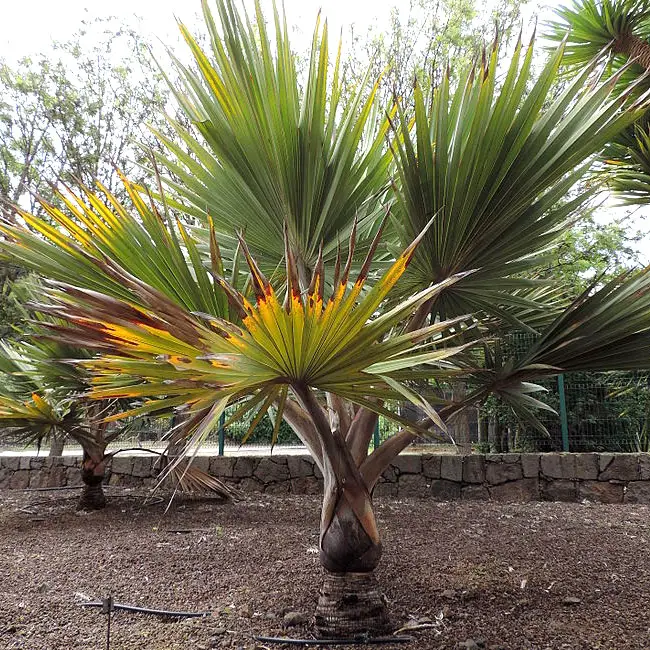
The Red Latan Palm Tree, scientifically known as Latania lontaroides or Latania lontarodes, is a striking fan palm renowned for its vibrant reddish leaf stems. This captivating palm shares similarities with the Blue Latan Palm and the Bismarck Palm and can also be cultivated indoors.
Quick Facts:
| Scientific name: | Latania lontaroides or Latania lontarodes |
| Common names: | Red Latan Palm, Latania borbonica, Latania commersonii, Latanier Rouge. |
| Origin: | Native to Reunion Island (Mascarenes). |
| Growth Rate: | Slow. Up to 30 ft tall with 15-20 ft wide spread. |
| Cold Tolerance: | USDA Zones 10b (35 – 40 F) to 11 (above 40 F). |
| Light Req: | Full sun. |
| Water Req: | Low. |
| Soil Req: | Widely adaptable. |
| Fruit: | Yes. Brownihs-green. |
| Propagation: | By seeds, germinating in 1-2 months. |
Identifying Characteristics of the Red Latan Palm
Featuring a single, clean trunk with a slight swelling at the base, the trunk is smooth and woody, measuring about 10 inches in diameter. It bears light scars from fallen fronds.
Large palmate or fan-shaped leaves create a rounded crown that spans 15-20 feet in width. Stiff leaves are supported by substantial, armed stems measuring 4-5 feet in length.
In its youth, this palm displays reddish leaves, petioles, leaf margins, and veins, hence its common name, the Red Latan Palm.
As the palm matures, its leaves transition to green, while the leaf stems and margins retain their striking red hue. The surface of each leaf is adorned with a whitish, waxy deposit, lending a silvery appearance to the palm.
Flowers and Fruits of the Red Latan Palm
During spring, the Red Latan Palm produces small yellow flowers that cluster on a 6-foot-long inflorescence emerging from amidst the leaves. The Red Latan Palm is dioecious, with male and female flowers on separate plants.
These flowers give way to oval fruit, which is brownish-green, fleshy, and approximately 2-3 inches long, containing a single seed that is round at one end but pointed at the other.
Caring for the Red Latan Palm
Latania lontaroides is a slow-growing palm that can attain heights of up to 30 feet with a spread of 15-20 feet. When mature, it can withstand minimum temperatures of 35°F.
It thrives in USDA Zones 10b (with temperatures between 35-40°F) to Zone 11 (above 40°F). Ideal conditions include moist, well-drained soil and full sun exposure.
To prevent nutritional deficiencies, it’s advisable to apply a high-quality palm fertilizer with a continuous-release formula twice a year during the growing season.
Propagation is typically done by seeds, which should be fresh for successful cultivation.
Red Latan Palm Pictures
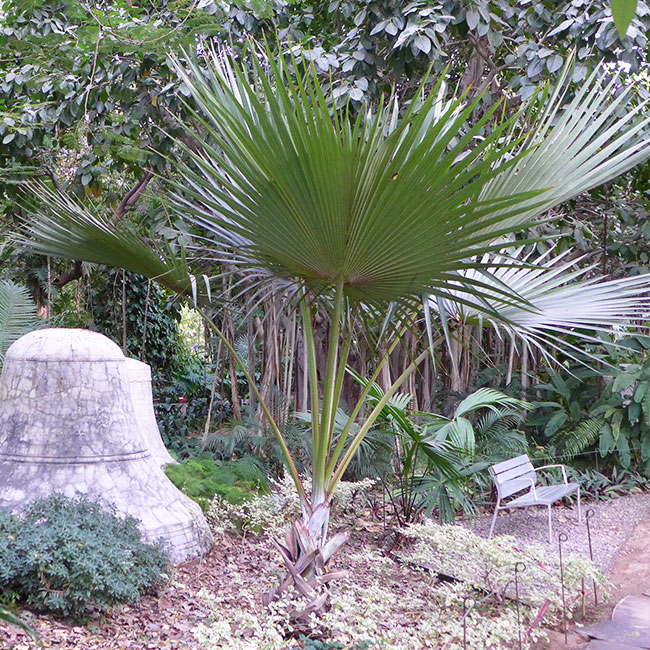
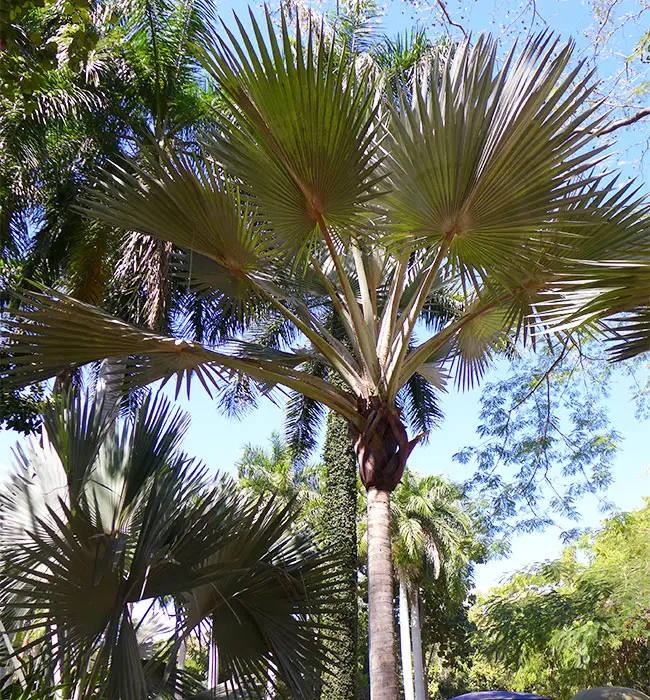
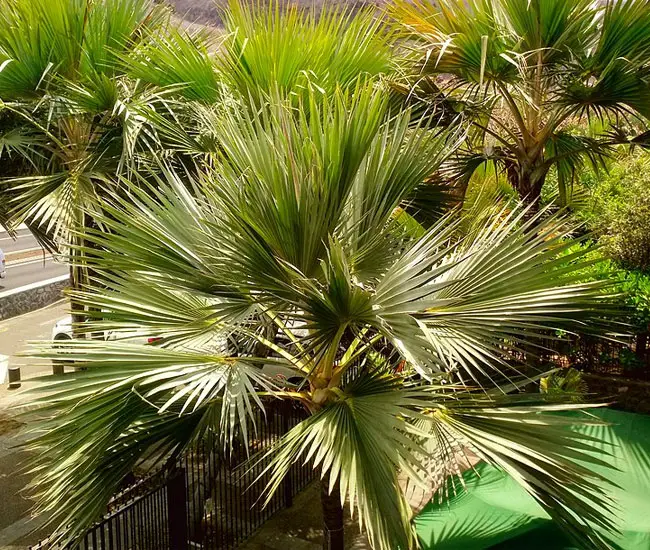
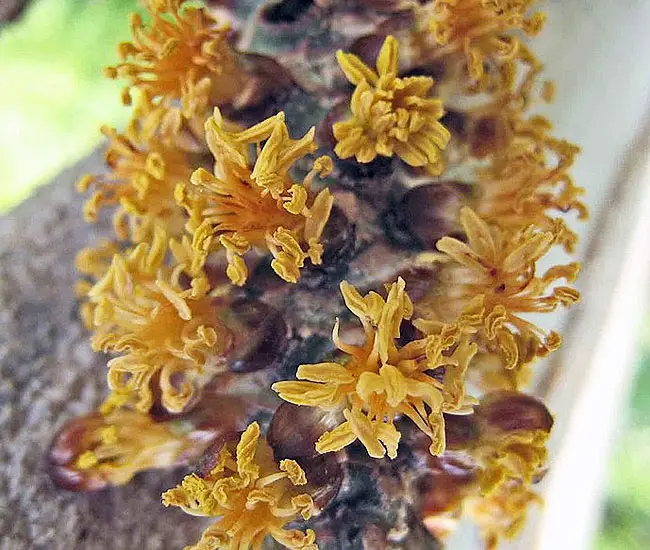
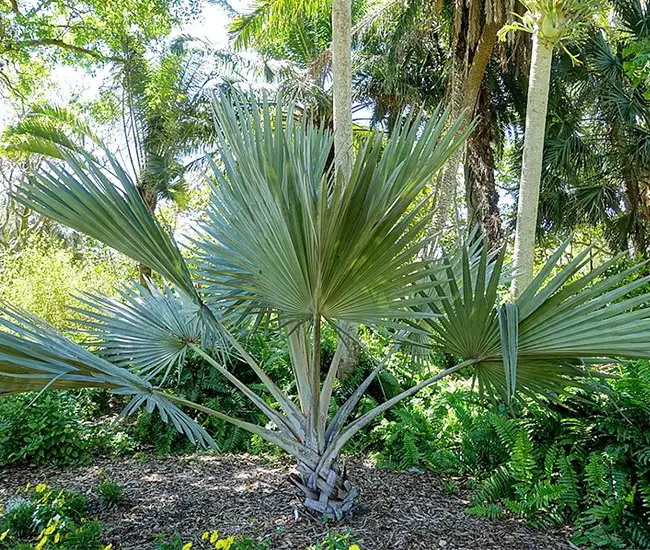
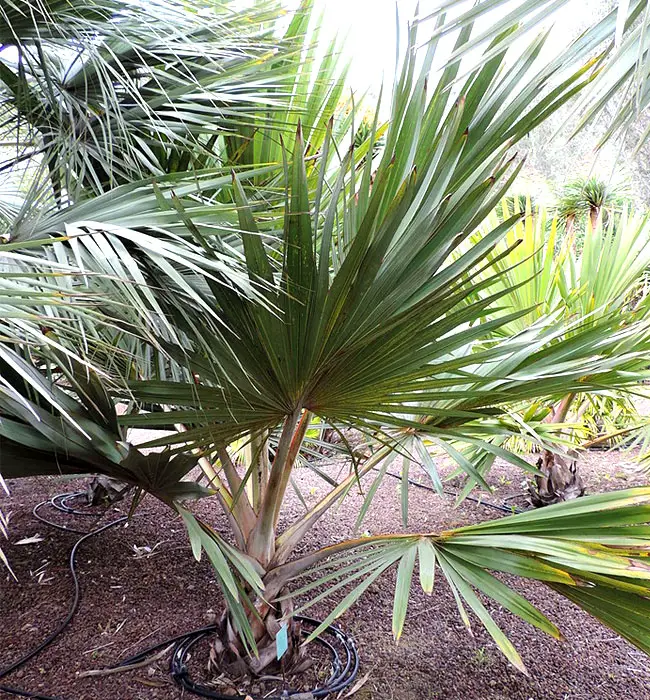
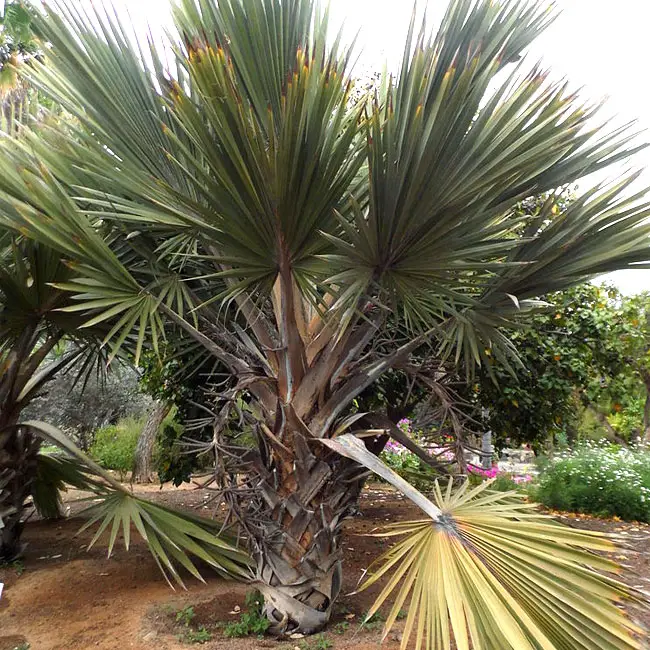
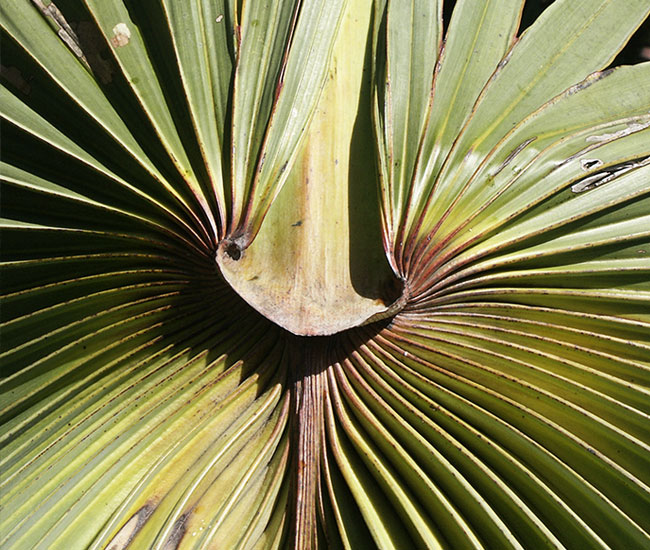
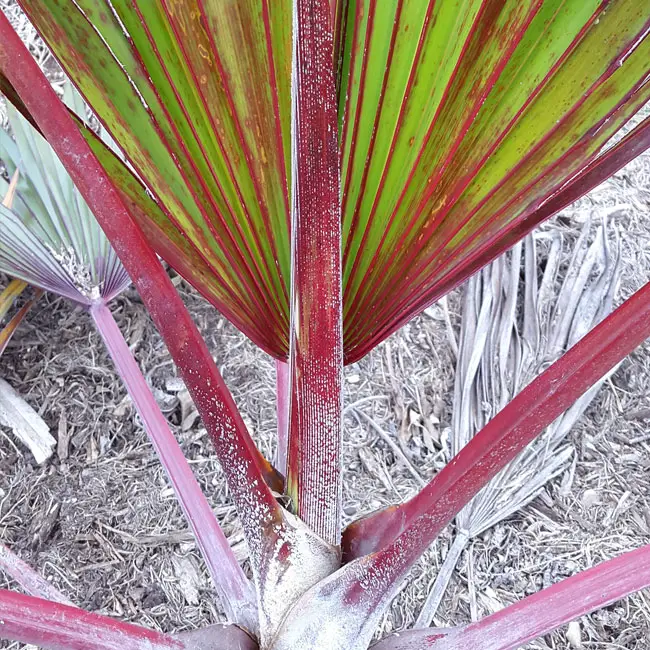

Comments are closed.